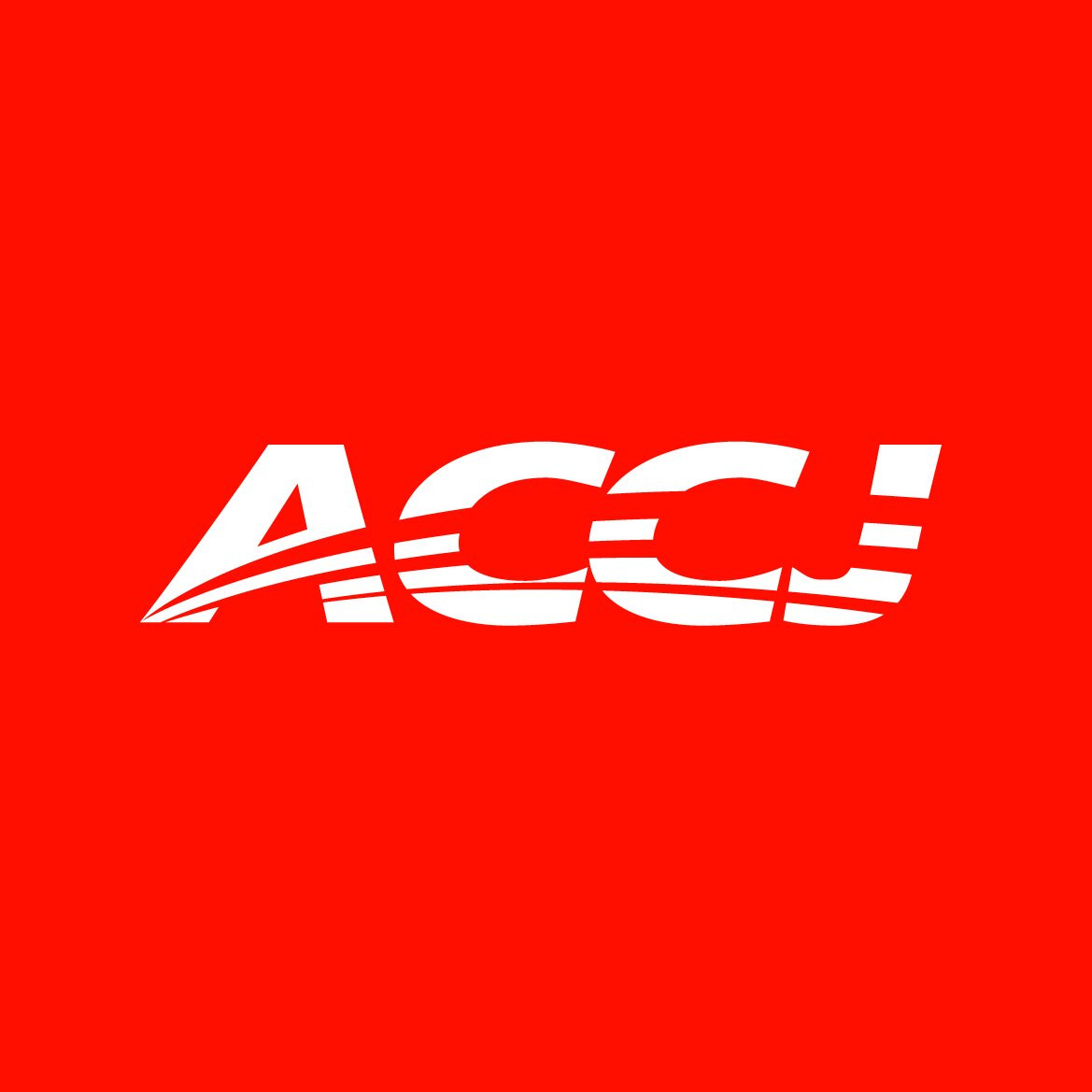It’s a New World for JCT
How will changes to Japan’s consumption tax rules affect your business?
Beginning in October 2023, major changes to the laws governing Japan’s consumption tax system will likely impact a wide variety of businesses. Consumers need not worry—there is no rate hike included in these changes—but companies doing business in or with Japan will have more to consider.
Japanese consumption tax (JCT) is Japan’s version of a value-added tax (VAT) or sales tax. The current rate of 10 percent (up from eight percent as of October 2019) is generally applied to goods and services provided in Japan. There are some major differences between JCT and other VAT systems around the world, however, particularly concerning a company’s ability to claim input JCT credits on purchases or expenses.
In a nutshell, the current system:
Allows purchasers to claim an input JCT credit even if the credit relates to goods or services from companies not registered for JCT purposes
Permits companies, not registered for JCT purposes, technically not to be required to pay the output JCT they collect to the tax authorities
Has no strict invoicing requirements, and businesses can rely on their accounting records in some circumstances
In 2023, all the above will change. Companies will have to register, pay any output JCT collected to the tax authorities, and issue a qualified invoice (with certain required items stated correctly) in order for their customers to claim input JCT credits on their purchases.
Real-world Impact
What does this mean for companies doing business in Japan?
First, it is important to note that these changes will impact not only businesses with a physical presence in Japan but also those providing certain digital services to Japanese customers. (In some cases, digital services may be taxable for JCT purposes in Japan, even if the provider is located overseas.)
While at a high level many of the changes may be operational in nature, there are some more nuanced impacts that should be considered. As a first step, companies should begin to think about whether they are going to apply for the new registration.
While the application itself is not overly complex, the decision to register may be a difficult one for those businesses that are not otherwise obliged to remit the output JCT they collect to the tax authorities.
If businesses choose not to register, they will need to consider the resulting impact on their relationship with customers, who will lose the ability to claim an input JCT credit.
Next, companies may need to reexamine certain administrative processes to ensure that they can accommodate the changes. The new rules will bring additional bookkeeping and record-keeping requirements, so companies should make sure their enterprise resource planning systems are set up to handle them. The needs may include alignment of accounting systems with invoicing systems, alteration of electronic data interchange systems, and more. This may also be a good time for companies to consider whether their systems and processes are compliant with Japanese e-storage rules if accounting records are being maintained in soft, rather than hard, copy.
More Things to Consider
Apart from the need for registration and to make changes to the content of a qualified invoice, complying with the new invoicing system is likely to be easier for sellers than purchasers. More changes will be required on the purchase/expense side, as receiving and maintaining appropriate invoices will be mandatory to claim input JCT credits.
Under the new system, companies will need to reconsider the adequacy of their internal procedures—including those for employee expense reimbursements—as the system will require invoices to be maintained in cases where there was no such requirement previously.
In addition, businesses will also have to check the invoices actually received from vendors, registered or non-registered, to confirm all necessary content is included, e.g., the vendor’s registration number. This review process may already be a regular procedure in other VAT jurisdictions, but it is not currently so in Japan.
Further, the legal changes may impact the preparation of JCT returns, as the new system will require some decision-making around how the final JCT liability will be calculated.
While the qualified invoice system itself will go live in October 2023, the tax authorities began accepting applications for registration by vendors on October 1 of this year. As the tax authorities will also begin to publish information about registered companies on a dedicated website, the expectation is that many will opt for this early registration. For companies that wish to be compliant with the new system by October 2023, the application should be submitted by the end of March 2023 at the latest.
The new rules will have a pervasive influence over operations and systems. Given that businesses are likely to need professional support to prepare for all the changes, and with the application window for vendor registration having opened on October 1, now would be a good time to begin preparation.
Learn more
Join us for a special event on December 20 with Tsuyoshi Mizoguchi and James Subin of PwC Tax Japan
Hosted by the ACCJ Taxation Committee and the Independent Business Committee
Presented in partnership with
THE ACCJ JOURNAL
Vol. 58 Issue 8
A flagship publication of The American Chamber of Commerce in Japan (ACCJ), The ACCJ Journal is a business magazine with a 58-year history.
Christopher Bryan Jones,
Publisher and editor-in-chief
Advertising & Content Partnerships





